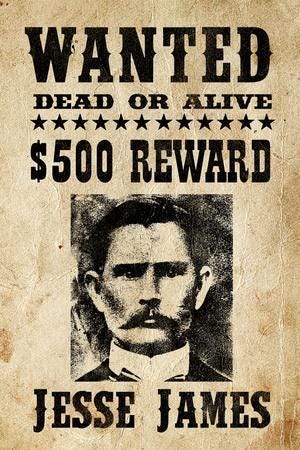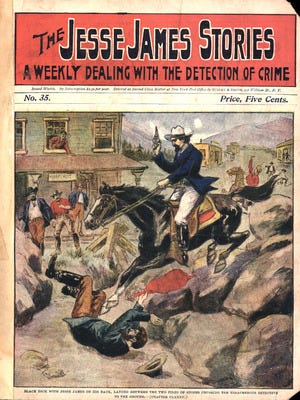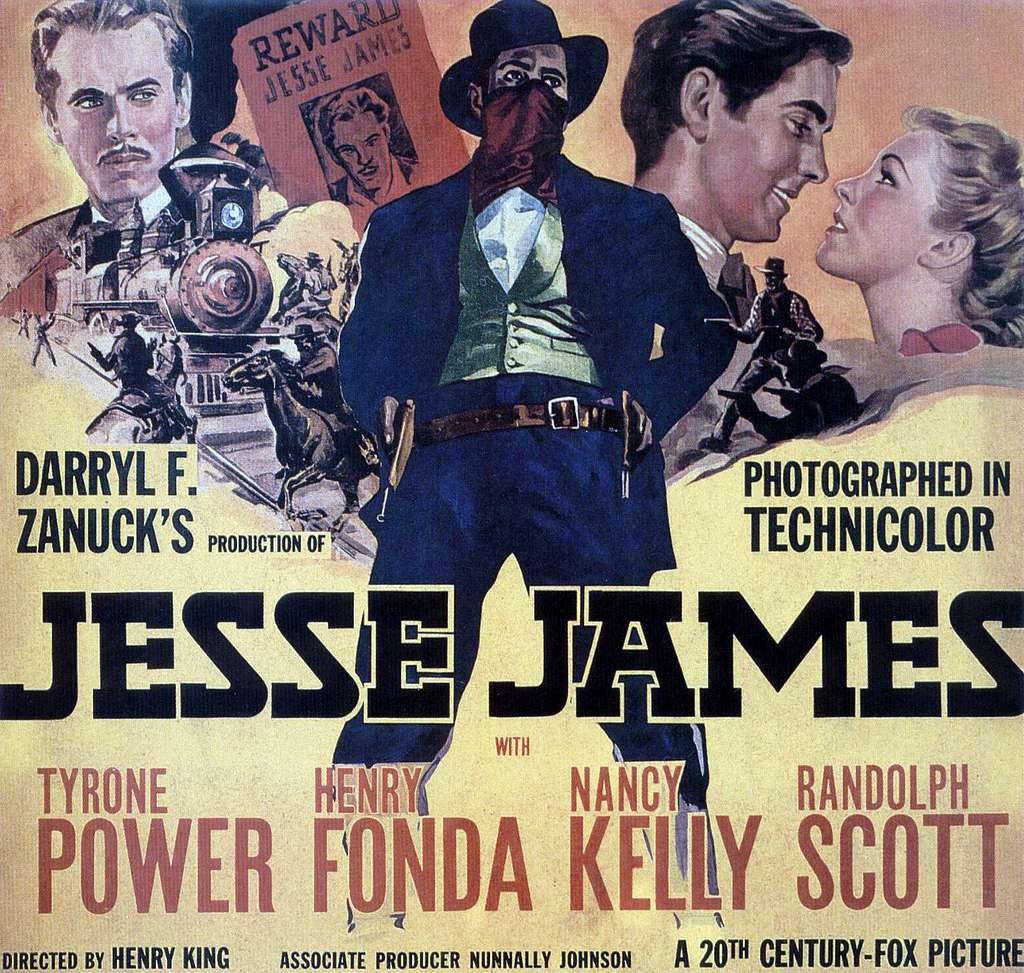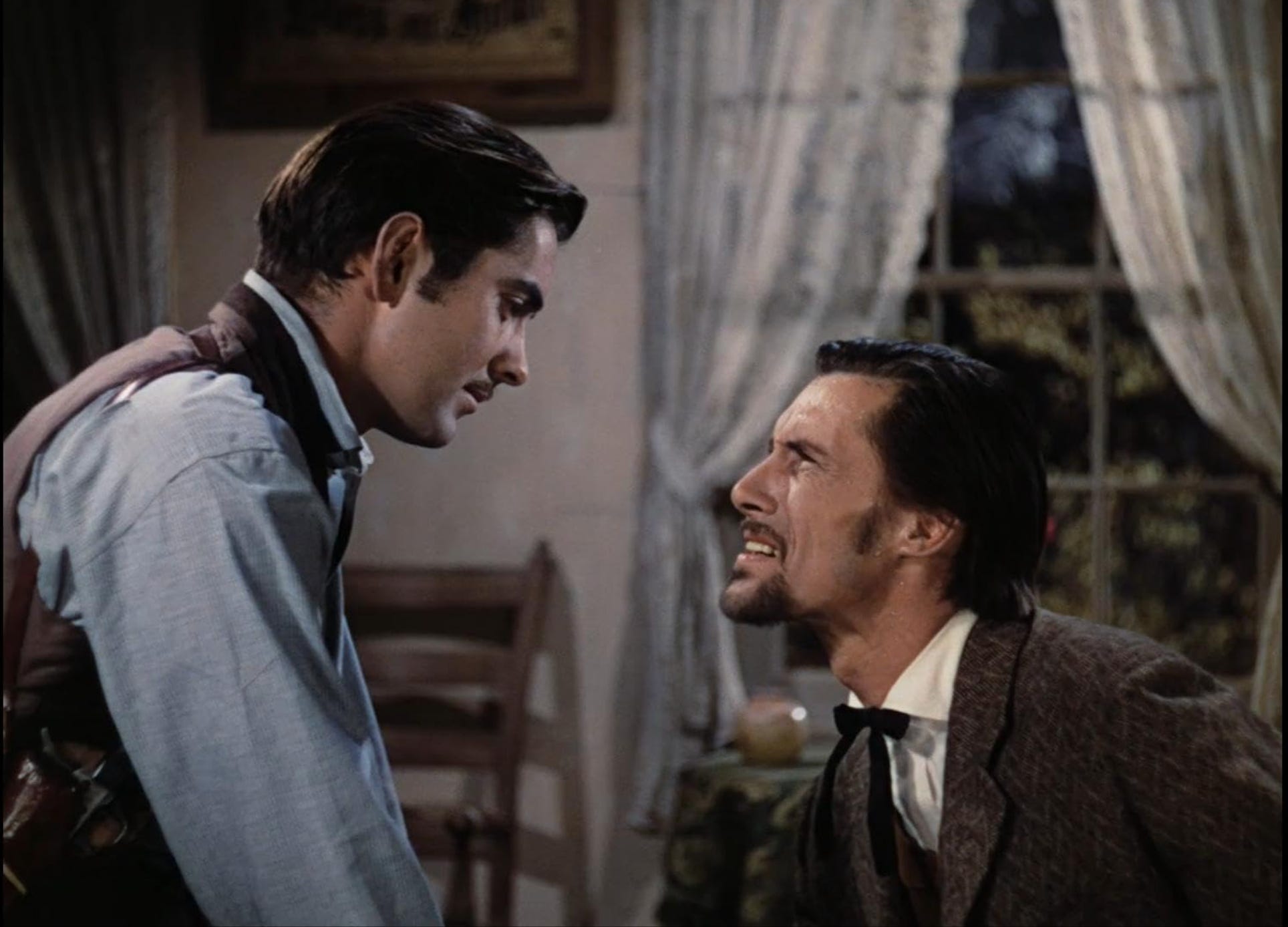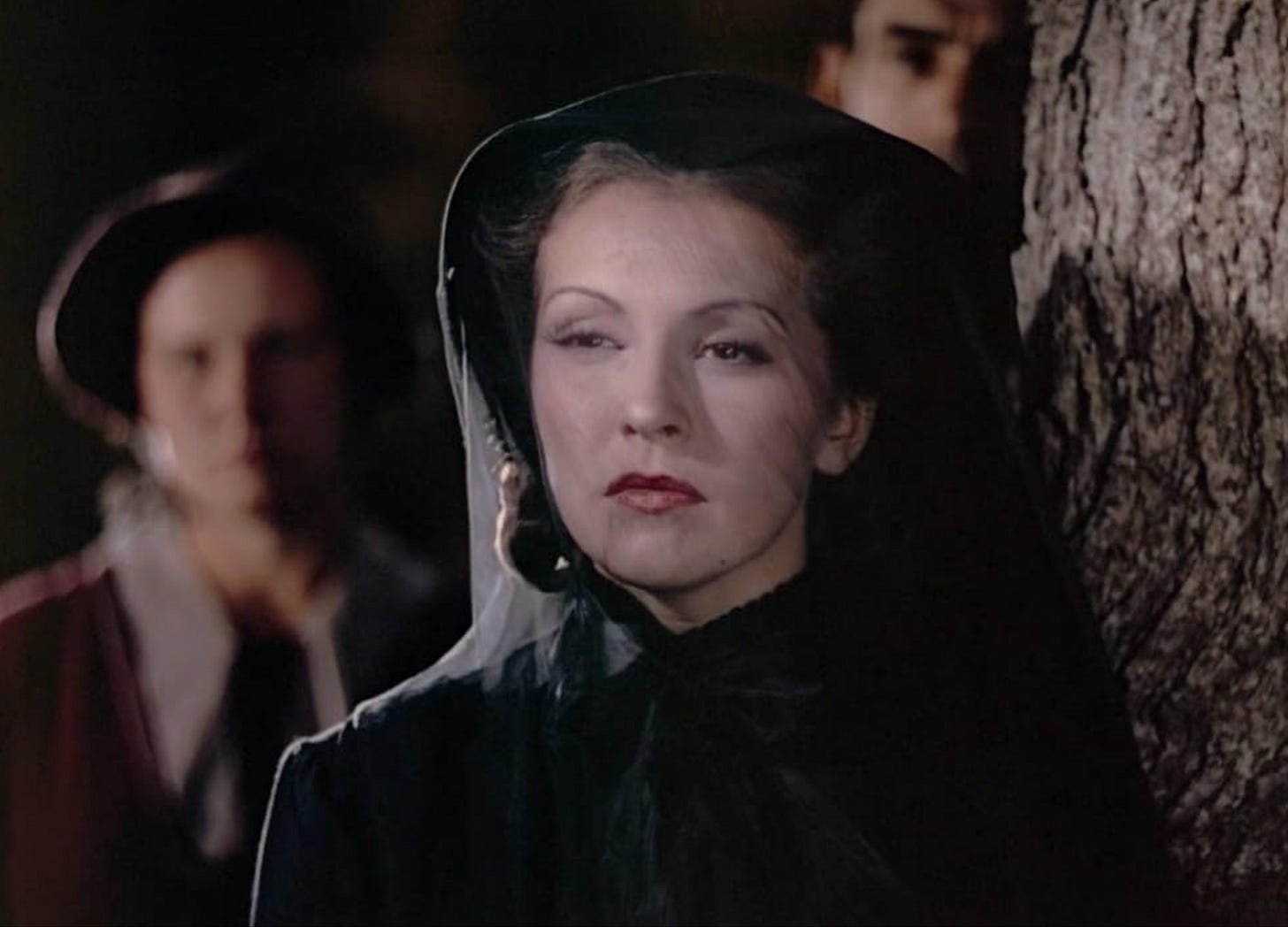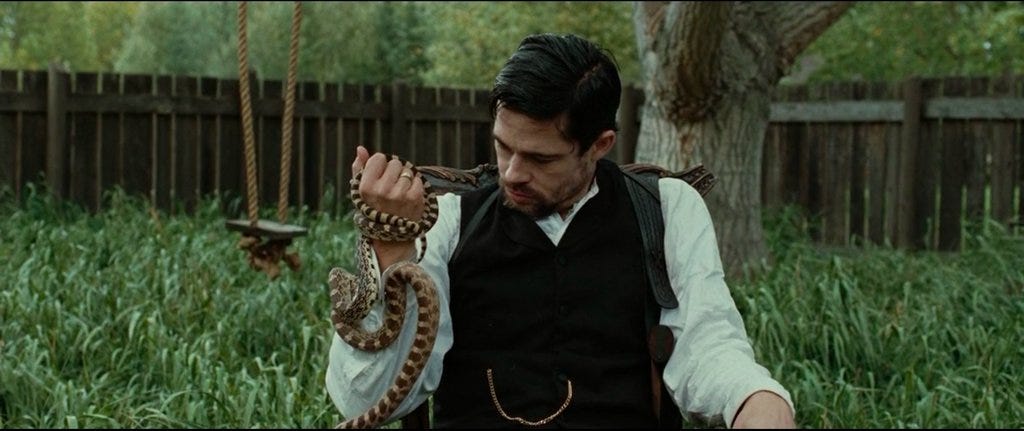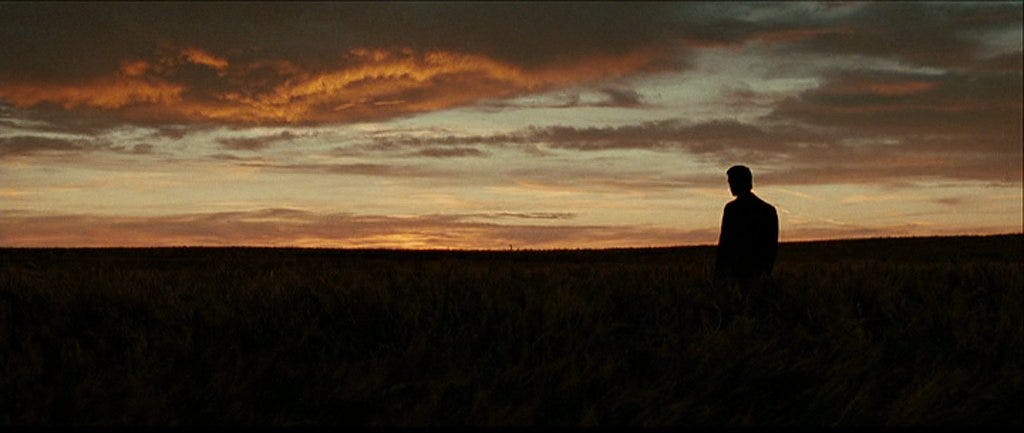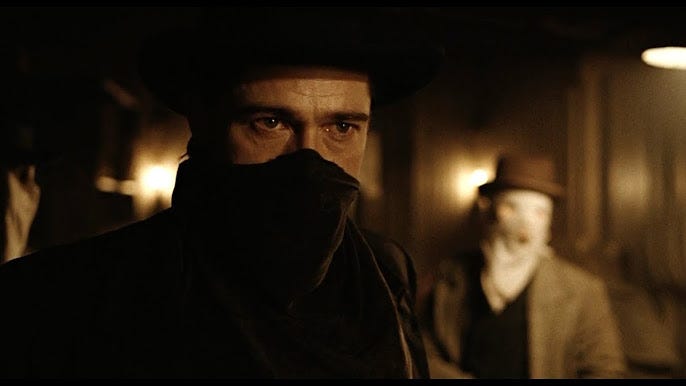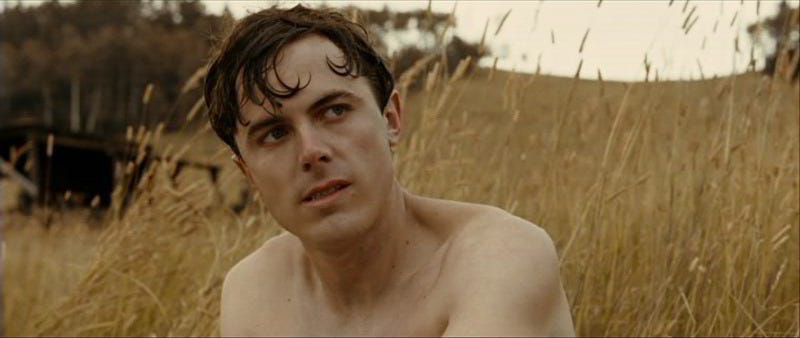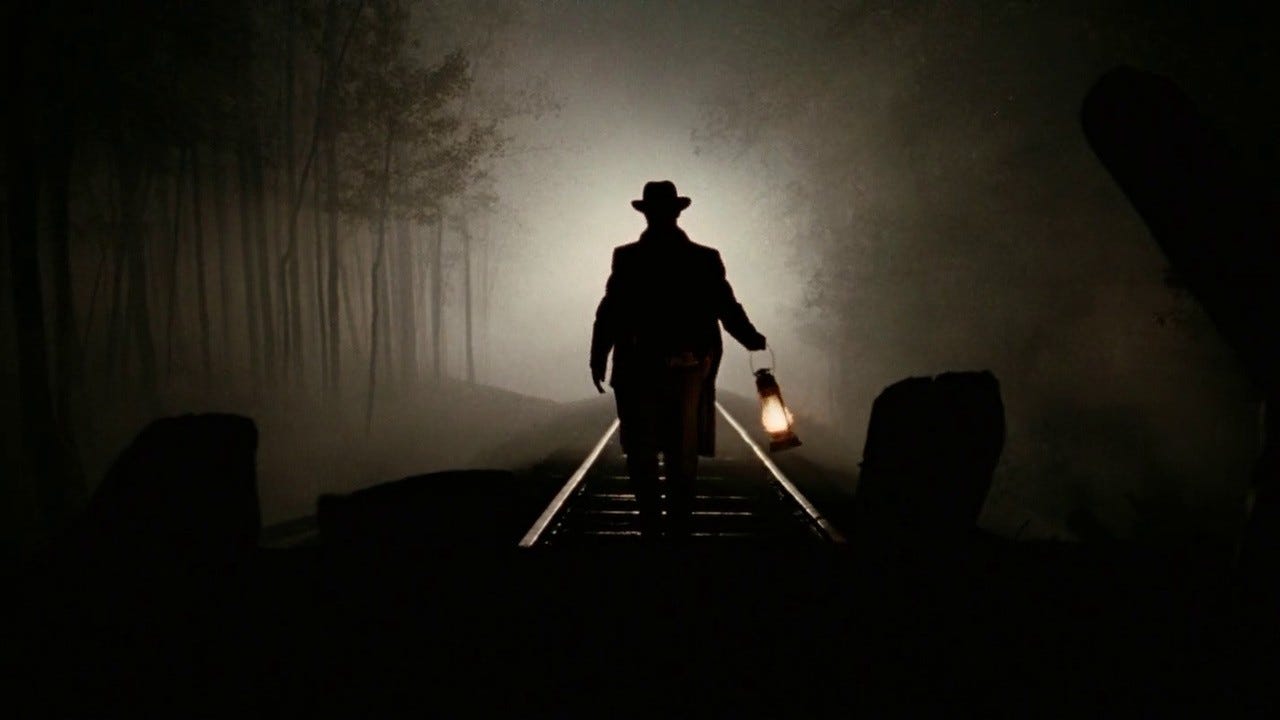Outlaws & Lawmen: Myth-making in the Old West
One of the fundamental things that sets the Western apart from other types of genre films is the way that it takes real and established people, places, and stories, and will use them and twist them in different ways to explore different themes, messages, or ideas.
It is interesting to look at the way that a Western will, really so blatantly, alter the history that people know so well for whatever narrative purpose. Because in our current film climate we are flooded year after year with straightforward, formulaic, Biopics of real people.
A Biopic by definition is just simply a story of a person's life; a Biography pic. And we have become so used to seeing so many films that start at the beginning of somebody's life, whether a musician, a politician, a movie star, and we just go through the important moments in their life without a clear direction or purpose behind them.
Think Bohemian Rhapsody, Oppenheimer, etc.
Today’s prestige biopics often feel like Wikipedia pages in motion: linear, reverent, and afraid to color outside the lines.
Westerns, though, have never pretended to be accurate. They reshape history with purpose: not to document, but to dramatize.
It is a hallmark of the genre that people are beginning to forget.
So this week we are focusing on two different films, each with a unique perspective on a set of characters and events that are based on real life. And when tasked with choosing which films were going to be our guideposts for this study I thought:
Who else but the Most Wanted Outlaw in all the Wild West??
Jesse James’ life was marked by violence and outlawry from its early days. Born on September 5, 1847, in Missouri, he joined Confederate guerrillas in the 1860’s and became infamous for robbing banks and trains after the Civil War.
He was only about 16 at the time.
Over the next couple years he would be turned into a sort of Folk Legend in the South. Through pulp fiction magazines and traveling stage shows he became a sort of Robin Hood figure that stole from the rich and gave to the poor. He represented Southern strength and resilience against Northern oppression.
Meanwhile, another boy Robert Newton “Bob” Ford was born around 1861 in Ray County, Missouri. As a teenager Ford idolized Jesse through these stories and magazines, and finally set off to meet him around 1880, when he and his brother Charles attached themselves to the fringes of the now established James Gang.
Then in 1881 Missouri Governor Thomas Crittenden offered a $10,000 reward and a full pardon to anyone who captured or killed Jesse James. Around this time Jesse’s gang commits its last train robbery, and tension rises as lawmen close in.
Also at this time James and Ford begin getting somewhat closer, even living with each other, and other close friends and family with ties to the James Gang.
January 1882: Two gang members, Dick Liddell and Wood Hite, seek refuge at Ford’s sister’s home. A quarrel leads Bob Ford to shoot Wood Hite, Jesse’s first cousin dead When authorities learn Ford knows Jesse’s whereabouts, they make him a deal.
April 3, 1882: Jesse James (age 34) is shot and killed in St. Joseph, Missouri, by Robert Ford. Ford shot the unarmed Jesse in the back of the head while Jesse was pinning up a picture frame. Governor Crittenden later pardoned Ford for the murder, as promised in their deal.
1882–1884: Bob Ford briefly tours a show onstage recounting the killing, then tries to settle quietly in Missouri. His brother Charles, fearing punishment for his crime, commits suicide in 1884
June 8, 1892: In Creede, Colorado, Ford is shot dead by Edward Capehart O’Kelley. O’Kelley saw himself as avenging Jesse James.
The tumultuous friendship between Jesse and Bob Ford is key to these events. Bob Ford had literally grown up idolizing Jesse’s outlaw exploits. By 1881 he agreed to betray his hero for pardon and reward. After the killing, popular memory cast Ford as a Judas: a folk ballad immortalized him as “that dirty little coward” who shot Jesse in the back.
The first film in this study is Henry King’s Jesse James (1939): a early Technicolor Western that largely romanticizes the legend.
It reimagines Jesse (Tyrone Power) and Frank (Henry Fonda) as righteous farmers driven to outlawry by evil railroad barons. In reality, historians note Jesse’s banditry was far less noble. The film’s Jesse hardly resembles the ruthless Confederate guerrilla described by scholars. As Jesse’s own granddaughter quipped of this movie, “the only connection it had with fact… was that there once was a man named James and he did ride a horse” (True West Magazine)
Despite its loose fidelity, Jesse James was praised in 1939 as thrilling entertainment. It features vibrant Technicolor cinematography of Missouri’s landscapes. The action is brisk and heroic, and the film spends little time dealing with any real conversations around the ethics of the situation.
Still, it remains one of the most entertaining Westerns we’ve watched so far.
The film became the fourth-highest grossing picture of 1939. Power and Fonda give performances that connect with audiences and critics. The final shootout scene was so intense that it partly prompted the creation of the American Humane Association to oversee animal safety on sets, after a horse stunt accident (Derekwinnert.com)
Notably the film draws clear lines between heroes and villains. Jesse and Frank are depicted as noble underdogs who steal from villains to help the righteous cause. And Bob Ford is only given his treachery. Has little screen time and importance besides ending up the villain and cause of our “protagonists” death. Jesse’s voice-over frames the robbing of trains as avenging wrongs, and Ford’s jealousy and guilt are largely omitted.
When I first watched it, I took no umbridge with how the story was told. I hadn’t come into contact with any real Ford empathizing stories yet so I just assumed that the way he was presented in this was the way he was in real life. I found that I was so caught up in the spectacle of the first film of this project that was in color that I wasn’t paying attention to if these two or the time were being portrayed accurately.
And even now with the shifted perspective that I have gathered, watching this can be excused in the name and favor of a good, fun, thrilling, popcorn Western.
However Andrew Dominik’s The Assassination of Jesse James by the Coward Robert Ford (2007) takes almost the exact opposite approach. It is highly faithful to historical accounts, critics raved and awarded it top marks for its period accuracy.
Scenes like the 1881 Blue Cut train robbery, Jesse’s tour of honor in Kansas City, and the final shooting in St. Joseph are painstakingly reconstructed. Voice-over narration emphasizes facts, and real dates are used on screen.
Visually and tonally, the film is moody and meditative. Dominik’s direction is often compared to Terrence Malick, especially for his work on Days of Heaven (1978). And only one big action scene (the early train robbery) breaks a long, quiet runtime.
The Assassination of Jesse James by the Coward Robert Ford is more of a quiet, paranoid character study, than a shoot-’em-up Western.
Roger Deakins’s cinematography bathes the film in pale winter light, and the camera lingers on stunning landscapes.
Nick Cave’s haunting soundtrack and voice-over narration reinforce the solemn tone. The overall effect is far more somber than King’s 1939 adventure.
The portrayals of Jesse and Bob in the 2007 film are complex and psychologically rich. Brad Pitt’s Jesse is stoic and inscrutable, capturing the man’s loneliness under fame. critics compare his Jesse to Hamlet time and time again.
Casey Affleck’s Robert Ford is the film’s emotional core. Affleck perfectly depicts Ford’s nervy idol-worship: the young Ford is wide-eyed, polite, and desperate for Jesse’s approval. Ron Hansen, the novel’s author, said it was as if Affleck “was born to play this role” (Taste of Cinema).
Affleck shows Ford’s journey from admiration to envy: he idolizes Jesse, and is crushed by his dismissals.
Sitting here writing about this I feel at a loss for words now that I have rattled off the basic facts of what makes The Assassination… such an interesting film. Now that I have outlined what makes it different from the other movie we discussed, BTS facts, structure, tone of the film etc. I am having a hard time beginning to talk about my personal experience with the film.
I can confidently say that this is my favorite film that we have watched so far.
And I feel like I can also confidently say that this will remain in my top 5 of the challenge.
The cinematography is some of the best I have ever seen. The way that there are some scenes that are shot with the outer vignette of the frame being almost blurred out like a fading or disappearing memory is so powerful. The way the West is so overbearing and powerful yet it feels so familiar and small at the same time. It doesn’t feel mythic or like a character like it will in other films. It almost fades into the background of the preoccupations of these characters' lives.
The music is so simple and haunting. And it tends to be so repetitive, which I think really plays into the cycle of violence and idol worship we see throughout the film.
We talked about both of the leading performances, Brad Pitt as Jesse James, shows a new, deeper, darker, and more humanistic look at an American icon. But with this honesty in the character also reveals how terrifying of a man he really is.
In the scene where he is robbing the train he is filled with rage and violence and he really is a larger than life psychotic presence for all the people trapped in this claustrophobic train car. This scene plays out in a more harrowing and realistic way as compared to the lighter-hearted, heroic train robbery scene from the film from 1939.
But Casey Affleck as Robert Ford really is the heartbeat of the entire film, and he is what drew me in and what makes me appreciate this film so much.
He plays a teenager in such a hyper specific way that feels so lifelike and honest. He’s awkward and moody, he thinks of himself as this bigshot but ends up like a coward most of the time. You can really feel everything that Ford is going through along with him and in the end sympathize with his actions.
The way that this film flips audience perception on both Ford and James is foundational to what makes it work so well, and why this also works as a study and commentary on the Western genre as a whole.
The Assassination of Jesse James by the Coward Robert Ford understands the history of the Western genre as well as just the history of the West.
I feel strongly that both this film and the 1939 classic Jesse James movie are essential in understanding what a Western really can be. And should be essential viewing for anyone interested in understanding what a really interesting film about a real person could look like in a way that just goes beyond the simple, uninspired, highlight reel of somebody's life.
I think that balancing the truth and the myth of real historical figures is something filmmakers have been wrestling with since the earliest days of cinema. And nowhere is this tension more visible, more thematically loaded, than in the Western.
The genre has always sat at the uneasy intersection of fact and fiction, blurring the line between historical record and national folklore. In many ways, the Western is uniquely positioned to interrogate how history is written… and who gets to write it. By contrasting Jesse James (1939) with The Assassination of Jesse James by the Coward Robert Ford (2007), we can see two vastly different approaches to the same historical figures: one that mythologizes Jesse as a populist hero, and one that attempts to demystify him, presenting instead a psychologically complex and morally ambiguous man whose fame becomes his prison.
Both films are equally valuable in helping us understand how cinema shapes our collective memory, and how the Western genre in particular has long served as a cultural mirror. In this way, Westerns about real people show us how that past is constantly being rewritten in the service of new cultural narratives. And that, more than historical accuracy alone, is what makes this week’s pairing such essential viewing.
Next week, we dive into the dust-blown world of Spaghetti Westerns, those gritty, stylized Italian imports that redefined what the Western could be. Shot in Spain, scored like operas, and soaked in irony and blood, these films took the American cowboy myth and turned it inside out!!






